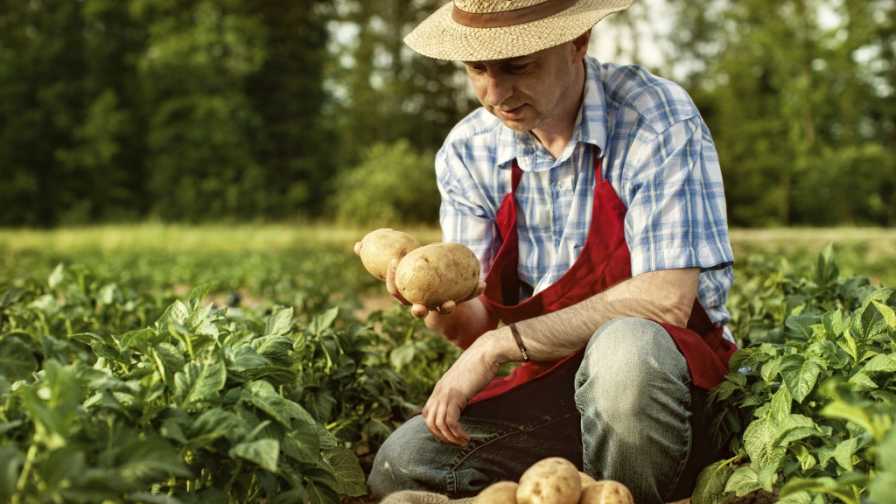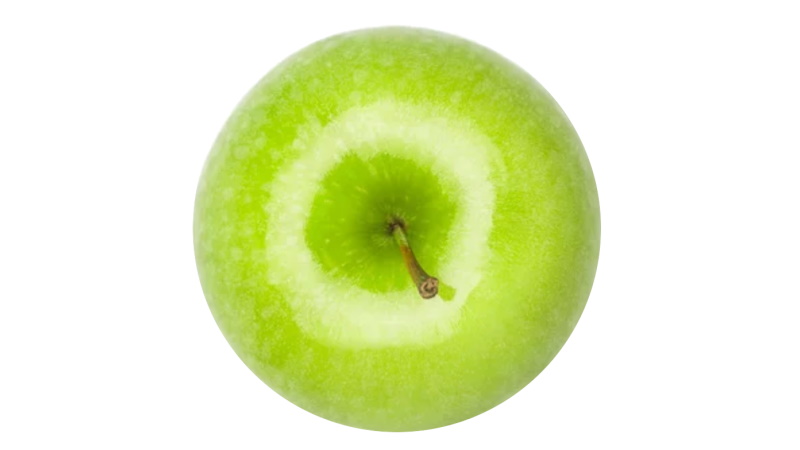Better Biocontrol Options Becoming Available To Organic Growers

Photo courtesy of Emery Oleochemicals
Organic agriculture is defined as a production system that sustains the health of soils, ecosystems and people. It relies on ecological processes, biodiversity and cycles adapted to local conditions, rather than the use of inputs with adverse effects.1
At first glance, the mere mention of “chemicals” in the same sentence as organic farming seems incongruent when discussing weed and pest control. However, as the second half of this definition indicates, organic agriculture also combines tradition, innovation, and science to benefit the shared environment and promote fair relationships and a good quality of life for all involved.1
Innovative strides in the development of bio-based solutions designed for effective weed and pest control are making organic farming more accessible and more lucrative than ever before. To discover the truth about the science and successful use of the latest bio-based active ingredients in organic and natural farming, let’s first describe how bio-based chemicals are different from traditional chemicals. Traditional chemicals used in agriculture are typically synthesized in sometimes complex chemical reaction schemes and their starting raw materials are of synthetic origin, which is often petroleum-based.
Bio-based chemicals are usually derived from less complex reactions (such as extraction and hydrolysis) and their starting raw materials are natural-based, such as from animal fats or vegetable oils.
Organic Demand on the Rise, Domestic Supply Still Lags
Numerous associations agree that organic farming is not only here to stay but that it is also on the rise. According to USDA’s Agricultural Marketing Service (AMS) and its National Agricultural Statistics Service (NASS) as well as the Organic Trade Association (OTA), demand for organic and naturally farmed products is at an all-time high, with plenty of evidence to support its continued growth. Grocery chains are expanding square footage of organic and natural product lines at an ever-increasing rate to support consumer demand for organic, which has grown by double-digits nearly every year since the 1990s.2
Food services and farmer’s markets are on the upswing as well, catering to community interest in fresh, farm-to-table organic and natural products. These trends represent the reality that organic farming is here permanently. In fact, the most recent estimates from the OTA put organic agriculture at $43.3 billion in sales in 2015.2
According to the USDA, as of 2014, there were approximately 28,000 certified organic operations around the world3 and the numbers continue to increase. Since the count began in 2002, the number of domestic organic operations has increased by more than 250%.3
According to the latest available data from the USDA’s Economic Research Service (ERS), U.S. producers dedicated approximately 3.6 million acres of cropland to organic production systems in 2014,4 with certified operations and cropland in every state. But, that’s not enough to satisfy the market.
Organic food sales currently make up nearly five percent of total food sales, while acreage devoted to organic agriculture is less than one percent of total U.S. cropland.2
As a result, imports of organic products significantly outpace exports, amounting to nearly $1.3 billion in 2014.5
Organic Farming Challenges
It hasn’t been easy for U.S. farmers to keep up. Organic farming is more time-consuming and costly than conventional methods. Yield loss for organic versus conventional farming is especially significant. The USDA’s 2014 survey of organic growers showed that organic yields of individual crops are, on average, 84% lower than conventional yields with the organic yield gap differing between crop groups and regions.6
However, as demand for organic continues to outstrip supply, the need for additional crop protection options for organic growers to meet this demand is increasing as well. Anticipating this, suppliers serving the agriculture industry have been steadily investing in research and development of more effective and innovative crop protection solutions.
So, what else is keeping today’s farmer from committing to organic farming? Effective weed control remains one of the biggest obstacles to profitable organic farming. In fact, growers have indicated that achieving yields is one of the most difficult aspects of organic production because of problems such as effective weed control, according to the USDA Economic Research Service.7
That’s because historically, weed control methods approved for organic farming haven’t been consistently effective and few options exist. Other factors that prevent growers from adopting organic farming include cost and the time investment to cultivate land. This includes manually pulling weeds, which is time-consuming; tillage, which negatively impacts soil health; and controlled burns, which introduce petroleum into the environment. These challenges are causing many to shy away from investing significantly in organic farming. But the science and efficacy behind today’s bio-based solutions is helping to make organic farming more attainable than ever before.
More Effective Natural Solutions Now Available
Consider these notable new and upcoming evolutions in the sustainable agriculture arena that also align with USDA guidelines for organic farming:
• Better-performing products. Improved function in today’s bio-based herbicides is closing the performance gap offered by the previous generation of bio-based products. While efficacy can vary depending on weather, region, and the type of weed or pest, these rigorously tested products have demonstrated consistent effectiveness in weed control. Reduced weeds also lead to a natural reduction in pests.
• Newer natural weed control agents. With a heavy investment in research and development, the agriculture industry has discovered new weed control agents that are both natural-based and naturally derived. Composed of fatty acids and their salts, these new natural solutions mimic the functionality of conventional weed control products that contain petroleum but do so without petroleum or synthetic ingredients. An added bonus is that the fatty acid ingredients in natural weed control agents are derived from animal fats and vegetable oils which, if not used in this way, might end up in a landfill as a waste product of food production. Instead, these fatty acids are used by responsible companies as the active ingredient in this new bio-based approach to weed control.
• Better for the environment. Since the new, more effective bio-pesticides are derived from naturally occurring ingredients, they can be used in areas that contain wildlife with minimal repercussions. These agents dry quickly and do not migrate to surrounding areas. Currently, the only caution is possible exposure to aquatic life. Even organic methods and other natural products can have similar ramifications in nature.
• More versatile herbicides. To add to the momentum of high performance, but more natural, weed control solutions, new water-soluble herbicidal products are also in production with an even greater promise to control weeds and reduce pests.
Finding Viable Natural Solutions Providers
More than ever before, new and better bio-based crop protection solutions designed to control weeds and insects naturally, responsibly, and effectively support the value and benefits of sustainable agriculture. The best thing farmers can do is research their options. Look for renewable-based products from manufacturers with a history of agronomically sound practices. Take note of those who invest in research. This is a hallmark of a partner farmers want for effective solutions and, in turn, profitable organic farming.
References
2. “2016 State of the Industry”, Organic Trade Association (OTA), (2016).
3. Anne L. Alonzo, Agricultural Marketing Service Administrator, “Organic Growth – 27,000+ Certified Organic Operations Around the World,” USDA Blog, (2015).
4. “Farms, Land and Value of Sales of Organic Agricultural Products – Certified and Exempt Organic Farms: 2014 – Table 1,” USDA Census of Agriculture, (2014)
6. Steven Savage, “The Lower Productivity of Organic Farming: A New Analysis and its Big Implications,” Forbes (2015). [Original Source: “USDA 2014 Survey – organic agricultural yield statistics,” USDA Census of Agriculture, National Agricultural Statistic Service (2014).
7. William D. McBride and Catherine Greene, “Despite Profit Potential, Organic Field Crop Acreage Remains Low,” USDA Economic Research Service, (2015).









